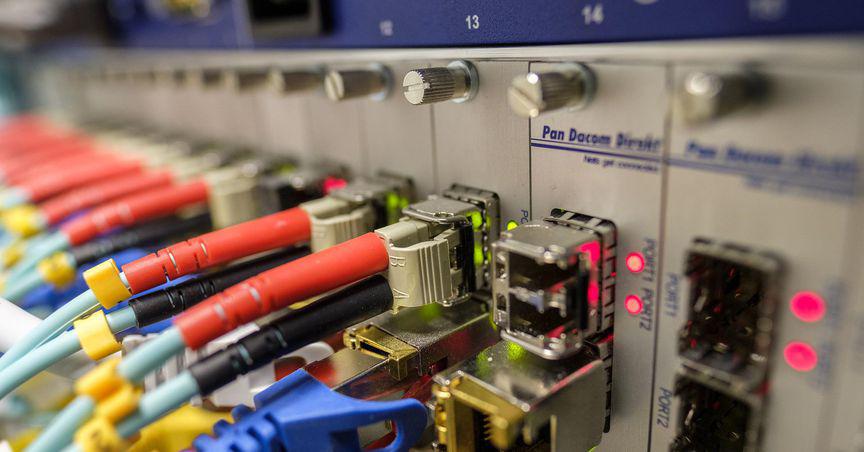Why Are Telecom Installation Fees So High?
There are several factors to consider if your city or utility is thinking about becoming a telecommunications utility to offer services (cable TV, broadband internet, phone service). The costs associated with providing telecommunications services on this list are not exhaustive.
We recommend specialists to guide you through the murky world of installing telecommunications.
The telecom fee environment is confusing and opaque. To ensure cost-efficiency, it's crucial to have a telecom installation consultant on your side who is familiar with the telecom providers' strategies.
A Brief Costs Breakdown for Telecom Installations
1. The Cable's Length
The additional installation time and the longer cable have a corresponding financial cost. The cost of the fiber optic cable will increase with its length.
2. Number of connections to fiber optics
A design will be developed at the beginning of your fiber optic installation project as an overview of the precise configuration needed for your network. Considering this, the price will increase with the required connections. Additionally, a skilled technician must install a customised adaptor for each connection.
3. Connection Type
Splices and termination boxes are the two major kinds of connections. Although cheaper, termination boxes are less dependable. Due to the complexity of the procedure, fiber optic splicing is more expensive. Fiber optic splicing is complex, requiring specialists with equipment and training to pull it off successfully.
4. Depreciation
Depreciation is the accounting term used to describe how fixed assets "wear out" over time. For instance, if the cable has a 20-year usable life, depreciation costs would be 1/20th of the fiber's initial installation cost yearly. Customer rates already include this sum.
Therefore, in principle, after 20 years, customers will have covered the cost of the cable's initial installation, and those proceeds might be used to repair the cable.
5. Service Contract
When analysing fiber optic installation prices, consider the service agreement cost. This continuous monthly subscription covers the cost and upkeep of your fiber-optic network. The service contract should encompass routine maintenance, network monitoring, and round-the-clock assistance.
6. Prep Work
Some preparation work can be needed, depending on where your fiber optic installation will be. This can entail drilling through buildings or digging trenches. Verify whether a conduit is present. A conduit safeguards your cables and facilitates installation for your initial setup and any upcoming updates. Depending on how much preparation is required, the price will vary.
7. Physical Barriers
Any physical obstructions in the road will impact the price of your fiber optic construction as part of preparation work. This might entail needing to drill through concrete or excavate a hole under a sidewalk. Such challenges include highways, rivers, cemeteries, historical buildings, and nature preserves.
Because they take more time and effort to address, these hurdles raise the installation cost.
Since laying fiber is a complicated procedure, installation can be more difficult and costly even within a structure if there are physical barriers. Fiber optic cables are flimsy and sensitive, making them susceptible to damage. This is why having a skilled professional handle your fiber optic construction is crucial.
8. Physical Cabinet Space for Components
If you don't already have one, you'll need to set aside money for the price of a new or updated communications cabinet. Any new infrastructure required for the fiber optic installation will need a place to live, hence the cabinet.
9. The Fiber Optic Router Expense
You will require a specific router if you intend to use fiber optic internet. Although these routers are more costly than conventional routers, they are necessary to access the fast internet provided by fiber optics.
How Would You Like Your Installation To Be Priced (MRC Vs NRC)?
The telecom provider will want to know how you want the costs priced. What that means is; would you like to pay some or all of the construction costs before construction as a non-recurring cost (NRC), or would you like to amortise some or all costs in a monthly recurring cost (MRC).
On your books, you can indicate the cost as Operating Expenses (OPEX) or Capital Expenditures (CAPEX).
OPEX is the operational cost necessary for a business's daily operations. In contrast, CAPEX is the cost a company incurs to provide a benefit in the future, depending on the fee structure.
Therefore, you will designate costs as CAPEX if you pay some or all of your construction expenses up front in your NRC. The fees will appear on your income statement as OPEX if you decide to amortise them throughout your agreement under an MRC arrangement.
Key Takeaway
Any telecom has enormous challenges while building, maintaining, and upgrading. It is challenging to improve and expand under the strain of market competitiveness. It is always a good idea to have someone well-versed in what this entails to get the best and most out of your investment.
Author
Jonathan Liebenberg
Jonathan is a technocrat and an avid outdoor enthusiast. He is a community manager and a committed team member. When he isn’t working to make the internet a better place, Jonathan can be found exploring the great outdoors and beautiful coastlines with his sidekick, Zen, a very energetic Weimaraner.



